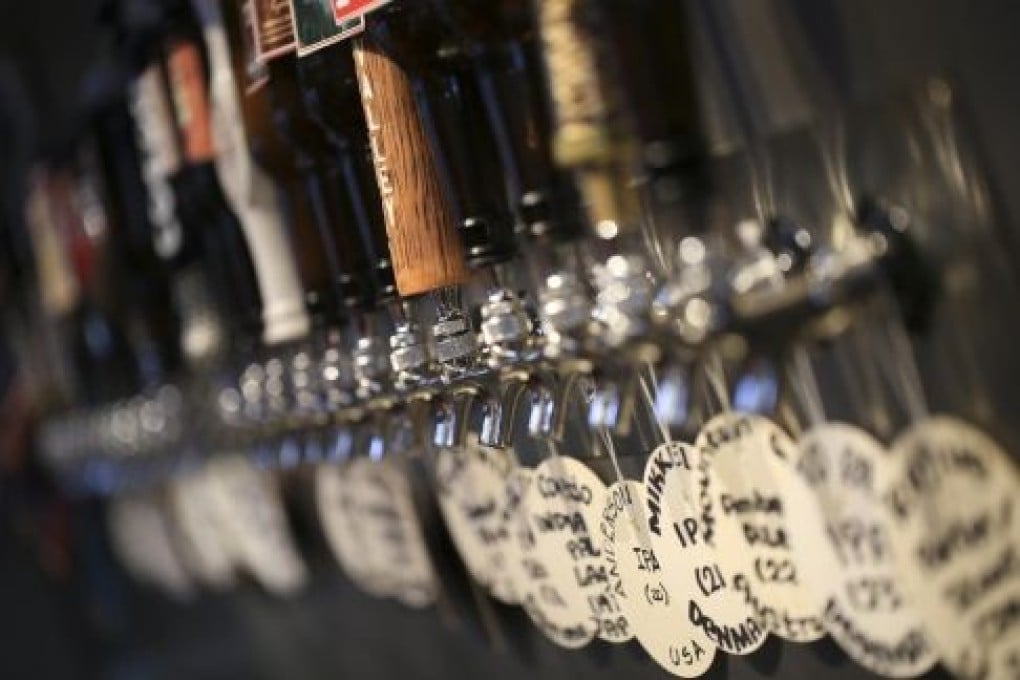Chinese demand for new tastes driving increase in food and drink imports
Public demand is driving the rising availability of imported food and beverage items in China


As China transitions from an export to domestic consumption-based economy, many imported goods have gone from being rare and expensive to becoming readily available. Once the preserve of cities such as Shanghai and Beijing, it is now common to find imported food shops, foreign-food sections in supermarkets, and authentic international restaurants in third and fourth-tier cities. French milk, Swiss chocolate, New Zealand cheese and German beer can now be obtained easily. This availability of foreign products has been a boon for the Chinese consumer, and foreign-themed food and beverage operations.
“There were two problems about trying to do something authentic,” says the owner of a French-style bakery in Xiamen, who declined to be named. “One was you couldn't get the ingredients you needed through customs, and [the other was] freshness, so you had to use local ingredients and you couldn't reproduce the cuisine. Now you can do authentic stuff because the importers are bringing in really good ingredients. So it is easier for foreigners to do foreign-based and foreign-style products.”
John Cox, the owner of the Rooster Bar in Shanghai, says: “It's nice for us because we have more selection. They are trying to bring in [more new products] to compete with other more readily available products. From a purveyor's standpoint, it's great to be able to offer our patrons microbrews from the United States or microbrews out of Australia, things you wouldn't have gotten five or six years ago.”
The diversity of imported goods and ingredients that the food and beverage industry can now access has pushed the boundaries of what they can offer. It's a scenario where a more worldly, Chinese consumer demands new foreign products which leads to an increase in their supply, allowing foreign-themed food and beverage providers to offer more authentic products.
“People see the opportunity, they see the demand, so they are trying to satisfy the supply,” Cox adds.